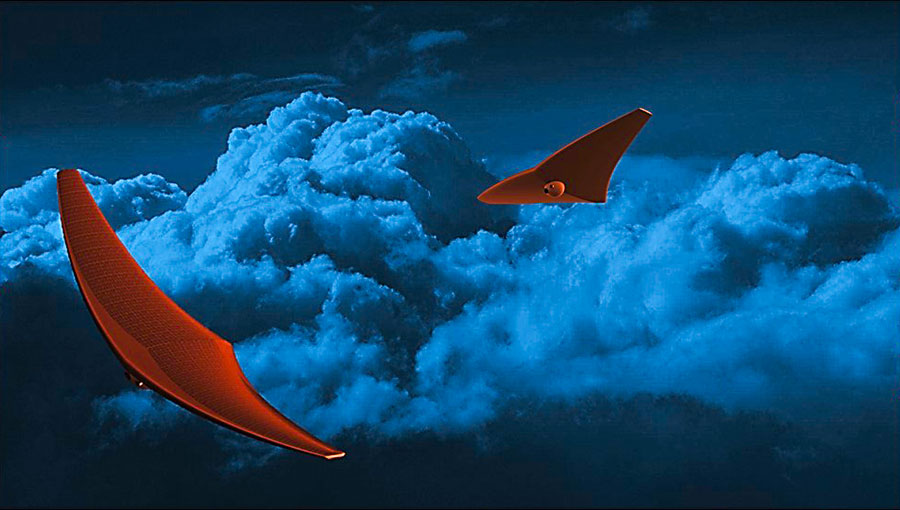
NASA’s next expedition to Venus will be conducted by a robot with a needle at the tail like a stingray designed by the University of Buffalo research team to sample the atmosphere.
NASA is pursuing an innovative design concept for space observation. As part of this activity, an initial research grant was awarded to the Crashworthinesss for Aerospace Structures and Hybrids laboratory at New York State University’s Buffalo campus.
This stingray-shaped spacecraft has wings that flap its wings so that it can fly in strong winds blowing over Venus. According to the research institute, it is possible to control flight through this, so that it can fly efficiently. Called BREEZE, this design allows Venus to be recharged once in 4-6 days, every 2-3 days while on the planet’s sunshine.
In addition, the exploration spacecraft does not need to be designed to stop in the planet’s atmosphere using propulsion like other planets with shorter rotation periods. Breeze, of course, may still need a long time before actually going to Venus. But getting recognition and subsidies from NASA is a big step forward. Related information can be found here .


















Add comment